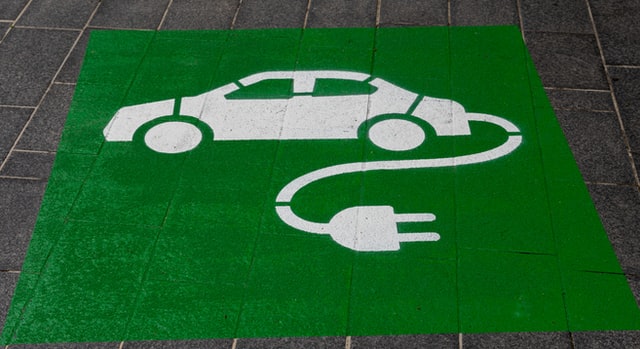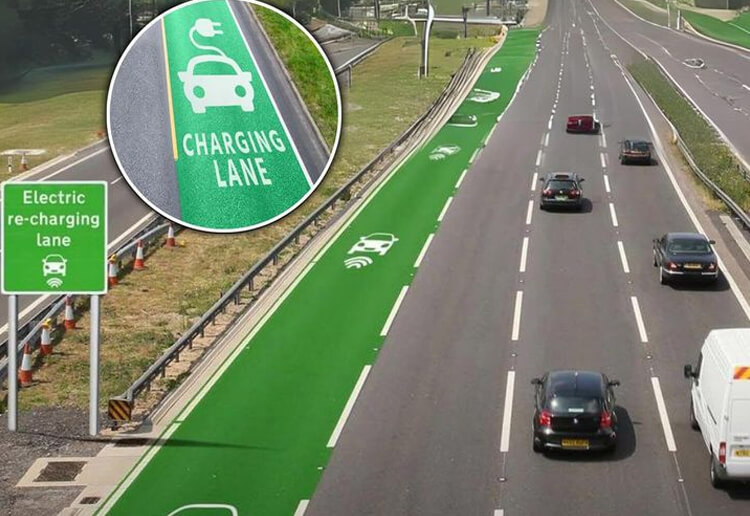In an ambitious leap toward sustainable transportation, Sweden is constructing the world’s first permanent electrified road. This pioneering project is underway along a 21-kilometer stretch of the E20 motorway, strategically located between Hallsberg and Örebro. The E20 corridor is a crucial link, connecting key logistics hubs in Stockholm, Gothenburg, and Malmö, making it an ideal location for such an innovative infrastructure project.

The electrified road, overseen by Trafikverket, Sweden’s transport administration, is scheduled for completion by 2025. Once operational, it will allow electric vehicles (EVs) to charge dynamically while driving — a revolutionary step that could dramatically reduce the need for frequent stops at traditional charging stations. This initiative aligns closely with Sweden’s broader goal to decarbonize its transportation sector and to meet the European Union’s mandate that all new vehicles sold must be zero-emission by 2035.
While construction has already begun, the exact charging method to be implemented is still being finalized. Three primary technologies are under consideration. The first is the catenary system, which uses overhead electric wires, similar to those used for trains or trams, primarily suited for heavy-duty vehicles like trucks. The second option is conductive charging, where vehicles draw power from ground-based rails installed directly into the road surface. The third method being evaluated is inductive charging, which involves embedding coils beneath the road that wirelessly transfer energy to vehicles above, eliminating the need for physical contact.

Sweden’s experience with electrified roads is not entirely new. In recent years, the country has run several pilot projects to test different technologies. One of the most notable is Smartroad Gotland, a 1.6-kilometer test track where wireless inductive charging was successfully demonstrated with both trucks and buses. These trials have provided invaluable data and insights that are helping to shape the larger E20 project.

Supporting the feasibility and scalability of electrified roads, a study conducted by researchers at Chalmers University of Technology offers promising findings. According to their research, electrifying just 25% of the country’s road network could be sufficient to meet the energy demands of most EVs. This partial electrification strategy could significantly lower the need for large, expensive EV batteries. The study estimates that battery sizes could be reduced by up to 70% in some cases, making electric vehicles more affordable and environmentally friendly by decreasing the resources needed for battery production.
The study also highlights that the benefits of electrified roads would vary depending on whether drivers live in urban or rural areas. Urban drivers, who typically have easier access to electrified infrastructure, could manage with batteries that offer up to 20% less range compared to their rural counterparts. This distinction could influence how automakers design and market EVs in the future, tailoring models to specific regional needs.
Looking ahead, Trafikverket envisions a much broader network. If the E20 pilot proves successful, Sweden plans to expand its electric road system to cover up to 3,000 kilometers by 2035. Such an extensive network could revolutionize the country’s EV infrastructure, reducing reliance on static charging stations and making electric driving more convenient, especially for long-haul transportation.
This bold initiative positions Sweden at the forefront of sustainable mobility innovation. By integrating charging capabilities directly into the nation’s roadways, Sweden could not only ease the transition to electric vehicles but also offer a scalable model for other countries aiming to reduce their carbon emissions and reshape their transportation systems for a greener future.




